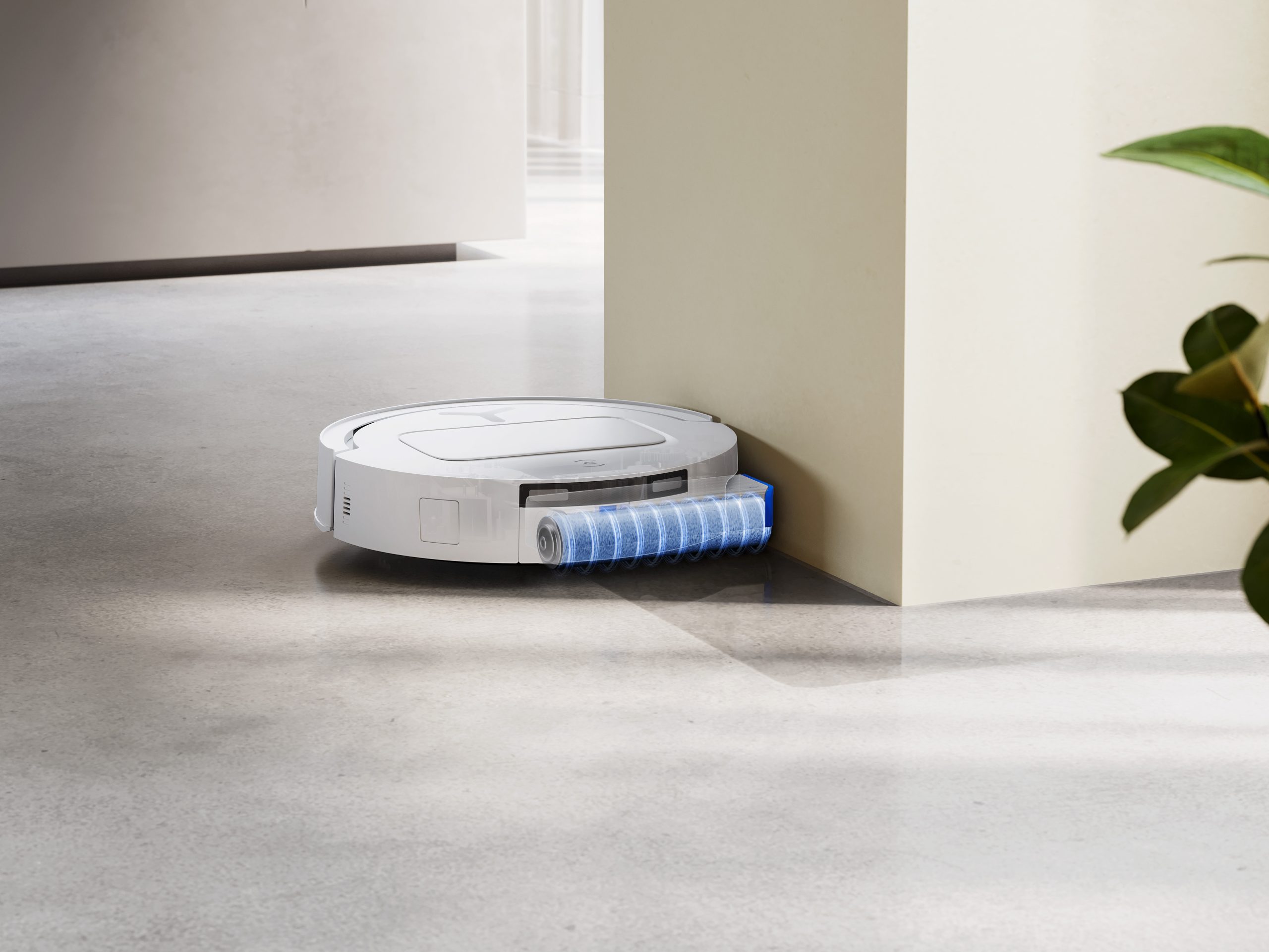Fitch Affirms Australia’s Rating, But Flags Mounting Budget Risks
General government deficit will reach 2.6% of GDP in fiscal 2025, Fitch said
SYDNEY—Fitch Ratings affirmed Australia’s AAA sovereign credit rating with a stable outlook, even as it highlighted that the country’s high debt relative to countries with similar ratings.
Fitch said the country retains a commitment to the same rules for fiscal sustainability that helped to underpin close to 30 years of economic expansion before the pandemic.
“Australia’s rating is underpinned by the country’s high income per capita and sound medium-term growth outlook, as well as strong institutions and an effective policy framework,” Fitch said in a statement on Monday
It warned that Australia’s fiscal metrics are set to weaken modestly in the next two years. But it anticipated deficits and overall debt would be contained over the medium term, supporting the stable outlook.
The affirmation of the top rating comes despite ongoing concerns about the pace of spending over the past year as the federal government deals with an explosion in costs linked to the national disability insurance scheme while at the same time cutting income taxes.
Government spending measures aimed at cushioning the rising cost of living on households, and falling commodity prices, will put pressure on the budget, Fitch said.
Australia’s general government deficit, which consolidates federal, state and local governments, will reach 2.6% of GDP in the 12 months through June, 2025, from 1.6% in fiscal 2024 and 0.8% in fiscal 2023, Fitch said.
“Aggregate state deficits have been high over the past couple of years, offsetting surpluses at the federal level,” Fitch said. “We also forecast deficit reduction at the state level to be gradual, given a still-large infrastructure development pipeline.”
Rising aged care and the NDIS will continue to pressure the budget, though efforts are under way to contain these costs, it added.
Fitch forecasts economic growth to slow to 1.1% in 2024, from 2.0%, but expects a gradual acceleration in activity from late this year, driving growth to 1.7% in 2025 and 2.1% 2026.
“A recovery should be supported by income tax cuts, probable monetary easing in 2025 and a healthy labor market, which should buoy household balance sheets,” the ratings agency said.
Fitch expects the Reserve Bank of Australia will start to cut interest rate cuts in February, with the policy rate reaching 3.50% by the end of next year, after being on hold at 4.35% since November 2023.
Underlying inflation appears set to trend down to the RBA’s 2%-3% target band by end-2025, from 3.5% in the third quarter, the ratings agency said.
“Still, risks tilt toward delayed cuts given persistent services inflation and a still-tight labor market, with brisk employment growth, low 4.1% unemployment rate and a record participation rate in September 2024,” it added.
 Copyright 2020, Dow Jones & Company, Inc. All Rights Reserved Worldwide. LEARN MORE
Copyright 2020, Dow Jones & Company, Inc. All Rights Reserved Worldwide. LEARN MORE
Records keep falling in 2025 as harbourfront, beachfront and blue-chip estates crowd the top of the market.
A divide has opened in the tech job market between those with artificial-intelligence skills and everyone else.
JPMorgan Chase has a ‘strong bias’ against adding staff, while Walmart is keeping its head count flat. Major employers are in a new, ultra lean era.
It’s the corporate gamble of the moment: Can you run a company, increasing sales and juicing profits, without adding people?
American employers are increasingly making the calculation that they can keep the size of their teams flat—or shrink through layoffs—without harming their businesses.
Part of that thinking is the belief that artificial intelligence will be used to pick up some of the slack and automate more processes. Companies are also hesitant to make any moves in an economy many still describe as uncertain.
JPMorgan Chase’s chief financial officer told investors recently that the bank now has a “very strong bias against having the reflective response” to hire more people for any given need. Aerospace and defense company RTX boasted last week that its sales rose even without adding employees.
Goldman Sachs , meanwhile, sent a memo to staffers this month saying the firm “will constrain head count growth through the end of the year” and reduce roles that could be more efficient with AI. Walmart , the nation’s largest private employer, also said it plans to keep its head count roughly flat over the next three years, even as its sales grow.
“If people are getting more productive, you don’t need to hire more people,” Brian Chesky , Airbnb’s chief executive, said in an interview. “I see a lot of companies pre-emptively holding the line, forecasting and hoping that they can have smaller workforces.”
Airbnb employs around 7,000 people, and Chesky says he doesn’t expect that number to grow much over the next year. With the help of AI, he said he hopes that “the team we already have can get considerably more work done.”
Many companies seem intent on embracing a new, ultralean model of staffing, one where more roles are kept unfilled and hiring is treated as a last resort. At Intuit , every time a job comes open, managers are pushed to justify why they need to backfill it, said Sandeep Aujla , the company’s chief financial officer. The new rigor around hiring helps combat corporate bloat.
“That typical behavior that settles in—and we’re all guilty of it—is, historically, if someone leaves, if Jane Doe leaves, I’ve got to backfill Jane,” Aujla said in an interview. Now, when someone quits, the company asks: “Is there an opportunity for us to rethink how we staff?”
Intuit has chosen not to replace certain roles in its finance, legal and customer-support functions, he said. In its last fiscal year, the company’s revenue rose 16% even as its head count stayed flat, and it is planning only modest hiring in the current year.
The desire to avoid hiring or filling jobs reflects a growing push among executives to see a return on their AI spending. On earnings calls, mentions of ROI and AI investments are increasing, according to an analysis by AlphaSense, reflecting heightened interest from analysts and investors that companies make good on the millions they are pouring into AI.
Many executives hope that software coding assistants and armies of digital agents will keep improving—even if the current results still at times leave something to be desired.
The widespread caution in hiring now is frustrating job seekers and leading many employees within organizations to feel stuck in place, unable to ascend or take on new roles, workers and bosses say.
Inside many large companies, HR chiefs also say it is becoming increasingly difficult to predict just how many employees will be needed as technology takes on more of the work.
Some employers seem to think that fewer employees will actually improve operations.
Meta Platforms this past week said it is cutting 600 jobs in its AI division, a move some leaders hailed as a way to cut down on bureaucracy.
“By reducing the size of our team, fewer conversations will be required to make a decision, and each person will be more load-bearing and have more scope and impact,” Alexandr Wang , Meta’s chief AI officer, wrote in a memo to staff seen by The Wall Street Journal.
Though layoffs haven’t been widespread through the economy, some companies are making cuts. Target on Thursday said it would cut about 1,000 corporate employees, and close another 800 open positions, totaling around 8% of its corporate workforce. Michael Fiddelke , Target’s incoming CEO, said in a memo sent to staff that too “many layers and overlapping work have slowed decisions, making it harder to bring ideas to life.”
A range of other employers, from the electric-truck maker Rivian to cable and broadband provider Charter Communications , have announced their own staff cuts in recent weeks, too.
Operating with fewer people can still pose risks for companies by straining existing staffers or hurting efforts to develop future leaders, executives and economists say. “It’s a bit of a double-edged sword,” said Matthew Martin , senior U.S. economist at Oxford Economics. “You want to keep your head count costs down now—but you also have to have an eye on the future.”
A 30-metre masterpiece unveiled in Monaco brings Lamborghini’s supercar drama to the high seas, powered by 7,600 horsepower and unmistakable Italian design.
BMW has unveiled the Neue Klasse in Munich, marking its biggest investment to date and a new era of electrification, digitalisation and sustainable design.
























